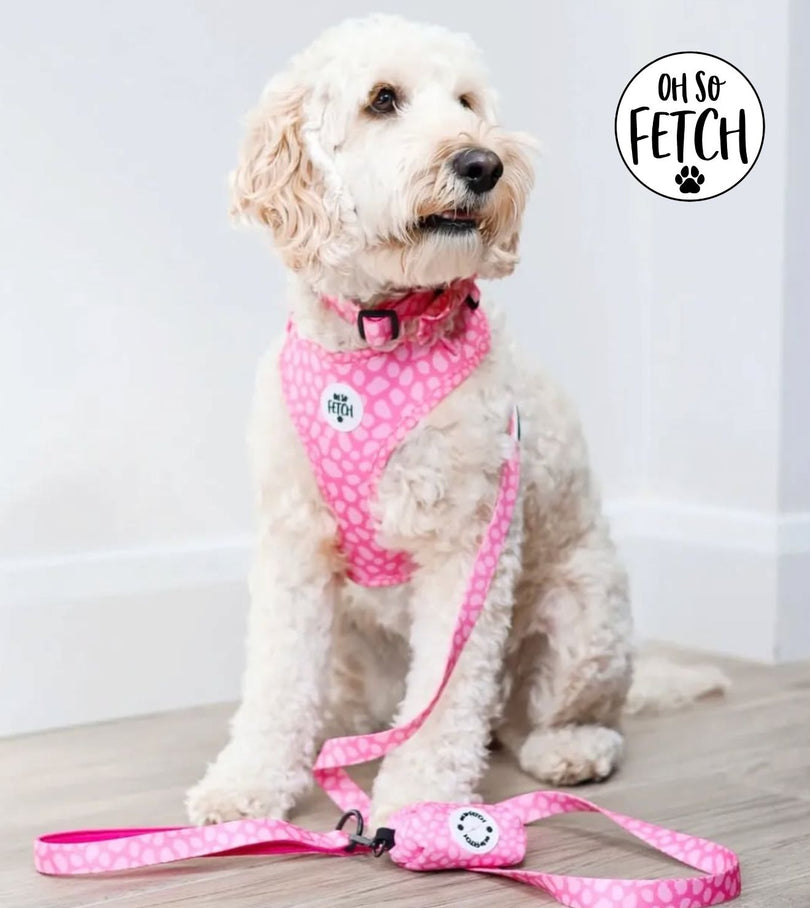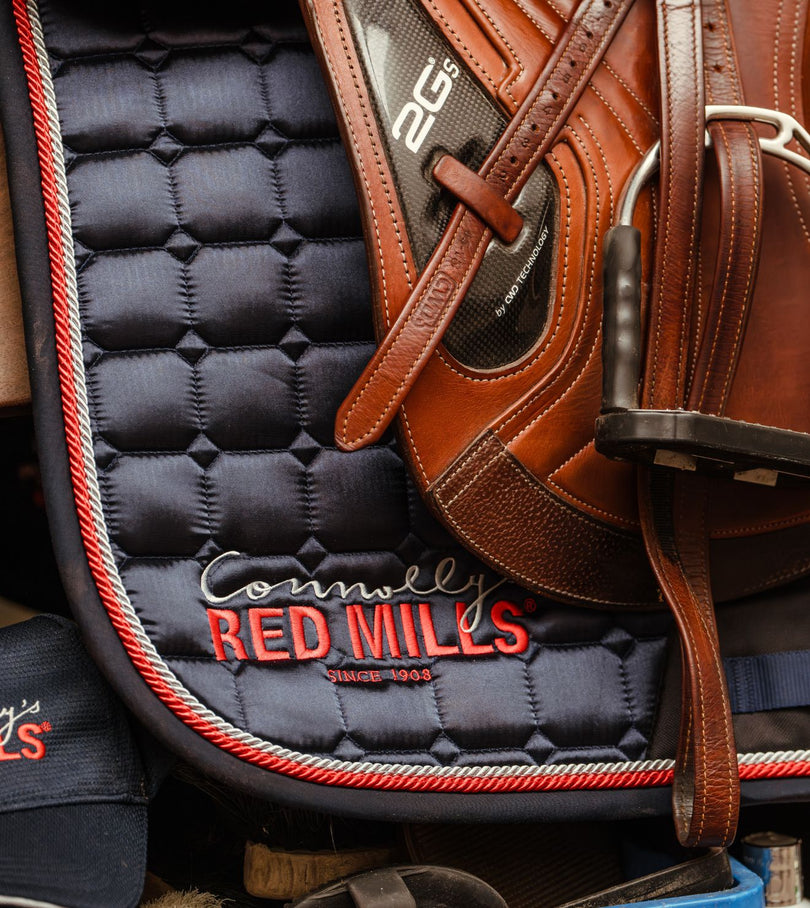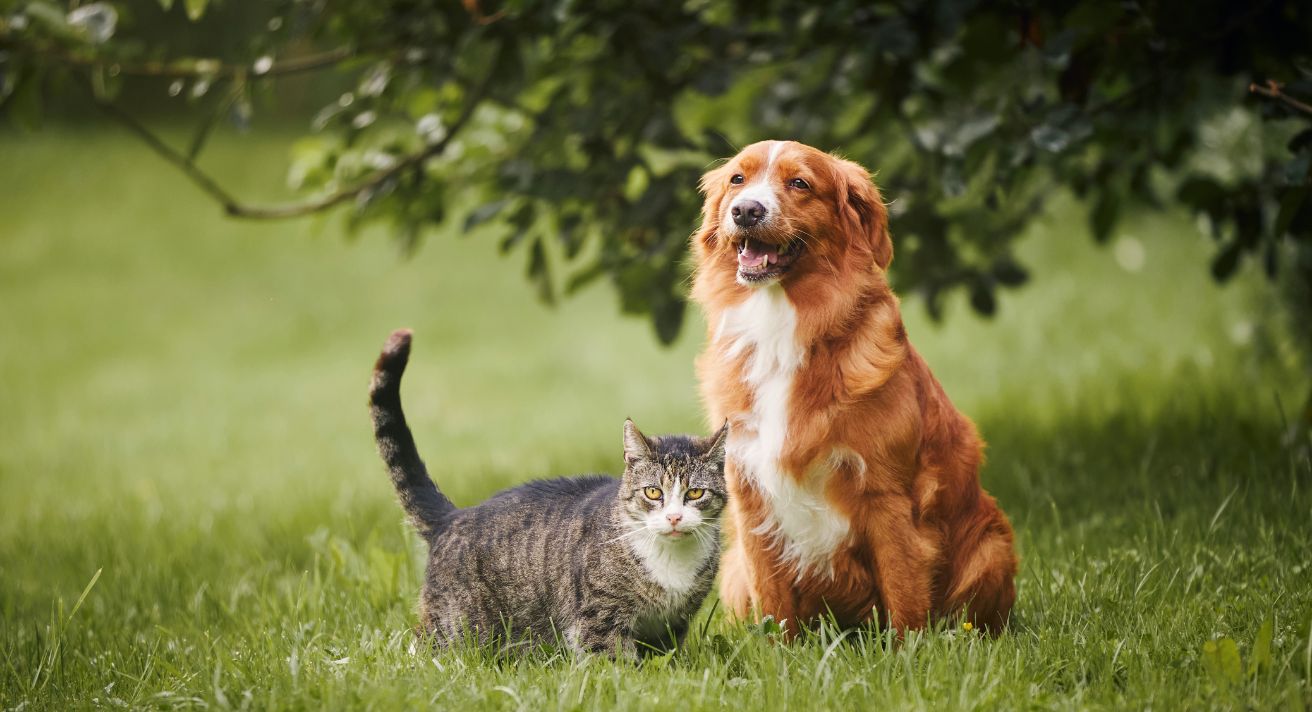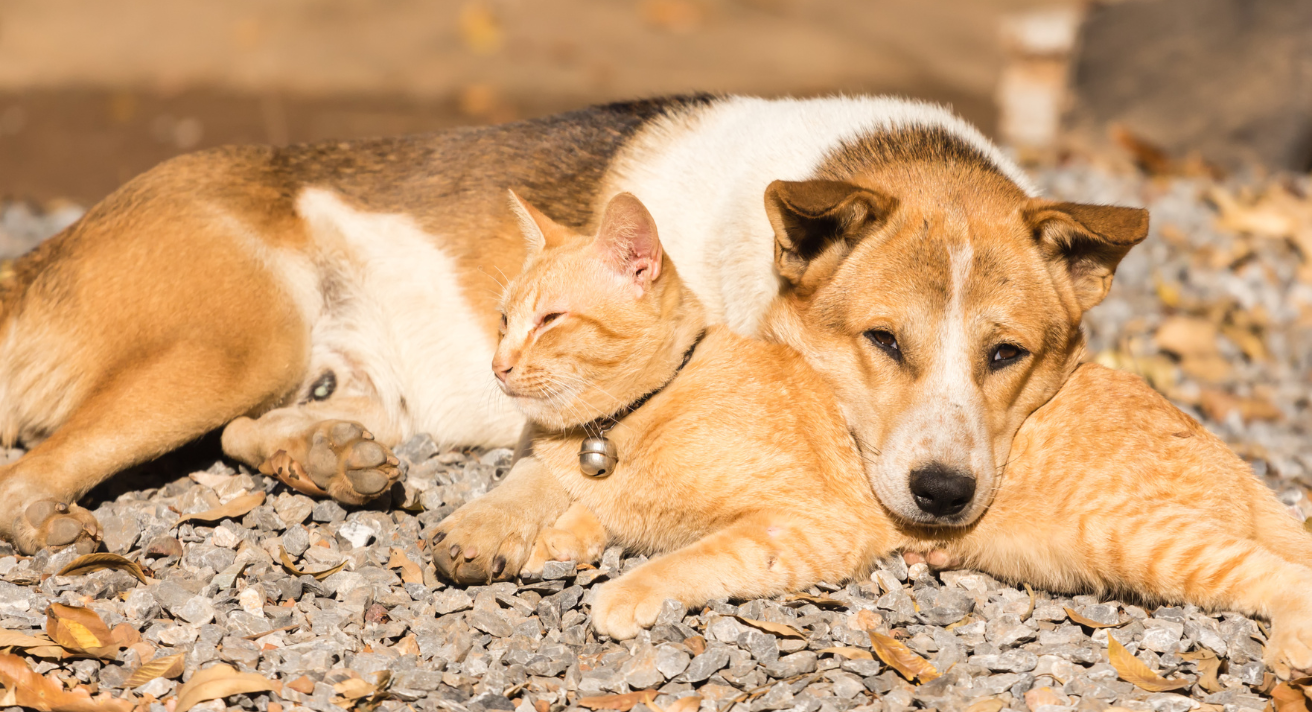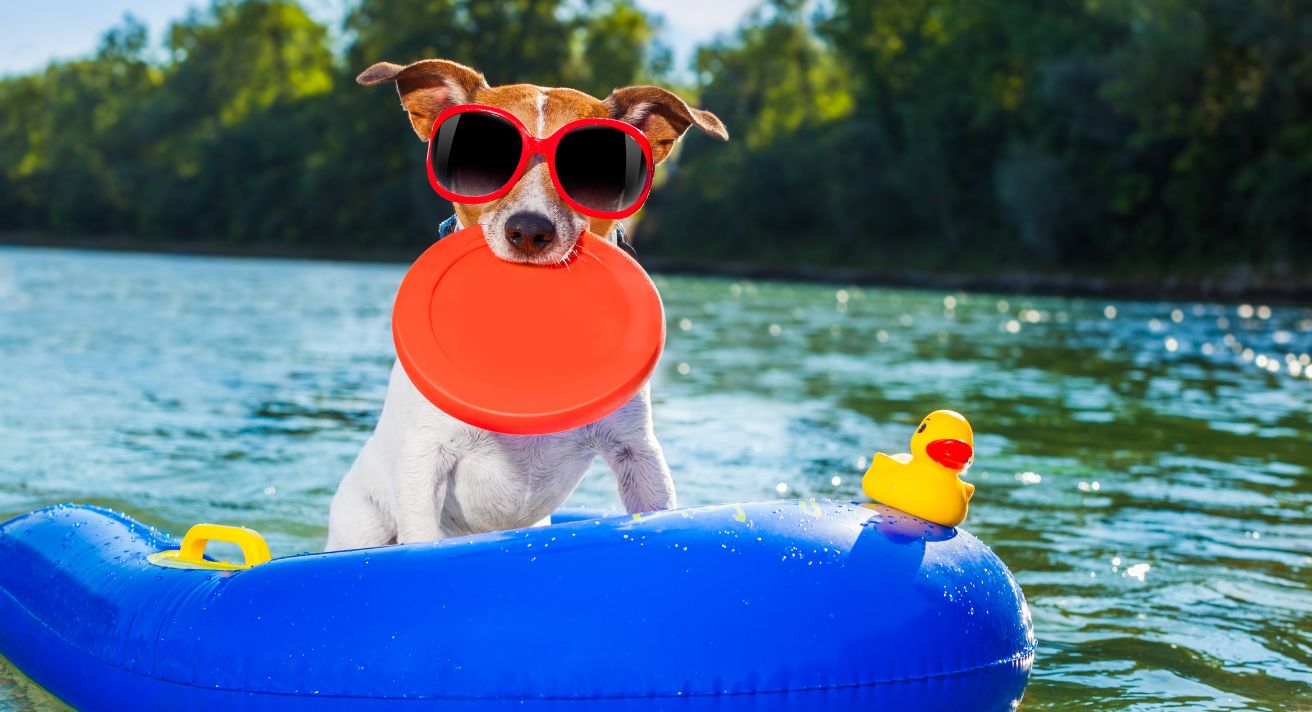Our dogs and cats might spend most of the year searching for the warmest spot in the house to relax, but on those summer days when the temperatures soar above their normal levels, the heat can be dangerous for them. On very warm days, pet owners need to alter their routines to help our fur babies stay safe and comfortable. Dogs can get into trouble by over-exerting themselves, especially if they think it will please us, and cats can take their sun worshipping too far for their own good.
What’s the hottest temperature a dog can tolerate?
Different dog breeds have a slight difference in their heat tolerance, and puppies and senior dogs are more sensitive to temperature. But as a general rule of thumb, 19C is the maximum temperature for walks.
What temperature is too hot for cats?
Cats generally tolerate heat better than dogs, but still need precautions. They can handle temperatures up to the mid-20s Celsius comfortably, and low 30s with discomfort. However, a cat's heat tolerance depends on their local climate and age. Cats in cooler regions like Ireland or Britain may struggle more in high temperatures compared to those in warmer climates. Kittens and senior cats are particularly vulnerable to heat stress. Always provide fresh water and access to shade for your feline friend during hot weather.
Signs of heatstroke in dogs and cats
Heat stroke is a medical emergency for our pets. If your dog or cat shows any of these signs, contact your vet urgently.
- Prolonged panting.
- Excessive drooling.
- Dark or red gums.
- Fast heartbeat.
- Restlessness or anxiety.
- Weakness or dizziness.
While some regions are accustomed to hot weather, places like Ireland and Britain rarely experience extreme heat. In these areas, it's crucial to know how to keep pets cool without air conditioning. Here are some essential tips for pet heat safety.
1. Importance of Hydration
Dogs and cats need access to drinking water all the time. In warm weather, especially if you are out of the house for part of the day, it makes sense to put out an extra water bowl or two. If you are out with your dog for a walk or a visit to the dog park, you can bring a portable drinking bottle and bowl such as the Nobby 2-in-1 Drinking Bottle and Bowl. Make sure to change the water in their bowls so it is fresh and cool.
If your pet isn’t drinking enough, you can try to entice them by flavouring their water with a bit of low-salt stock or broth. You can also freeze some treats into a small bowl of water so they have to lick the ice to get the goodies.
2. Adjusting Exercise Routines
When it gets hot, it makes sense to limit your dog’s walks to morning and evening, and to avoid the warmest part of the day. If your dog is older or has a flat face, you should also reduce the amount of exercise when it is warm. Yes, dogs do need regular exercise, but missing a few days won’t hurt them and taking them out when it is too hot could.
Dogs can get heat stroke, and flat-faced breeds are vulnerable to serious breathing problems. Exercising in the heat can be fatal for them. A study commissioned by Dogs Trust in 2020 found that 74% of heat stroke cases in dogs were caused by owners exercising their dogs when it was too hot outside. In most of those cases, the exercise was simple walk.
If you can’t give your dog enough walking time in the cooler parts of the day, and they seem to be getting bored, you can keep them mentally stimulated inside. Try 10 minutes of training inside during their normal walk time. A puzzle treat or a licking mat is a great way to keep them mentally engaged when they need to stay quiet indoors.
3. Protection from the Sun
Many dogs and most cats really enjoy some sun, but it’s up to us to make sure they don’t have too much of a good thing. If your pet is outside part of the day, they need access to shade (as well as clean water). And those with light-coloured, thin fur are vulnerable to sunburn. It can sneak up on them, so they need us to help prevent it. The easiest way to keep your pets cool in hot weather and protect them from the sun is to keep them indoors during the hottest part of the day – usually from 10:00 am until 4:00 pm.
Dogs and cats are not immune to getting sunburn, which is another reason to limit their time out on a hot day.
Absolutely never leave your pet in the car on a warm day. With the air conditioning off, the temperature in a parked car can soar into the 40s and 50s in the time it would take to dash into a shop for one item.
4. Cooling Aids
You can find cooling mats on the market, but use them with caution. Only use dog cooling mats from a good brand such as Nobby, and never use cooling mats intended for people with your pets. The ones sold for humans are not necessarily designed to withstand being chewed! A cooling mat is a good way to help cool your pet quickly, and older pets will really appreciate them.
A fan can help keep the house more comfortable, but remember to put it where pets can’t knock it over or get tangled in the cord.
A Word about Our Flat-Faced Furry Friends
From French Bulldogs to Persian cats, some of the most adorable faces around have a distinctive, flat look. Sadly, this feature is linked to some health issues, including breathing problems that hot weather can make quite dangerous. It is important to keep all pets cool when the weather heats up, but this animals are at heightened risk and need extra care. They should follow the tips above to the extreme, and absolutely not exercise during the day. These are the pets that can really benefit from cooling aids. They include Boxers, Pugs, Bulldogs including French Bulldogs, Boston Terriers, Cavalier King Charles Spaniels, Pekingese, Shih Tzu, Chow Chows, Persian Cats and British Shorthair Cats. If you own one of these – or any dog or cat with a flat face – it is essential that you know how to keep your pets cool in hot weather.
Written by Irene Hislop





